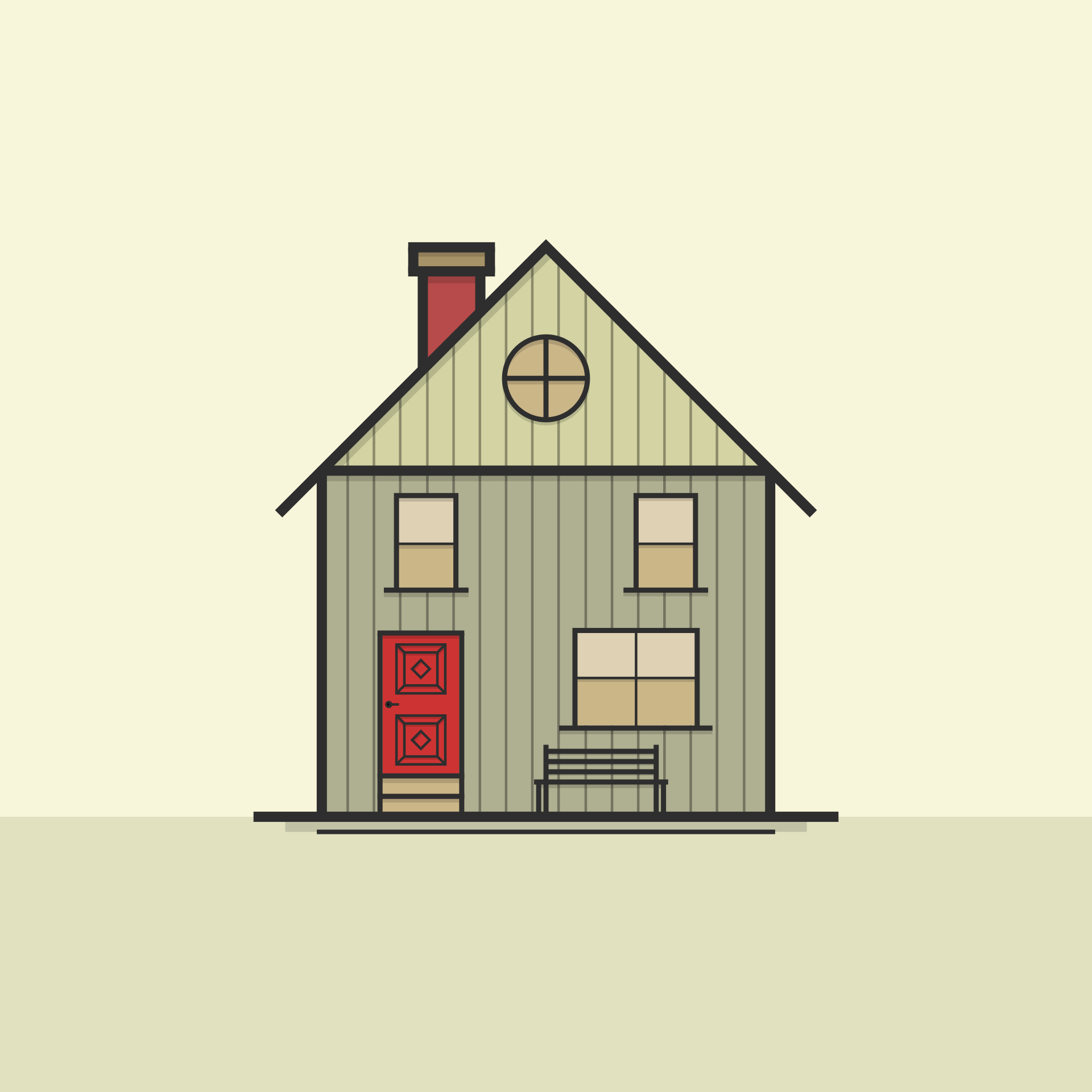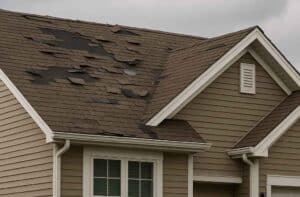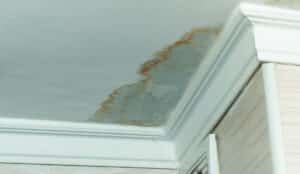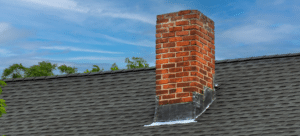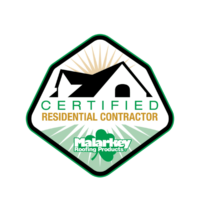Are you wondering, how often should you replace your roof? That depends on a lot of factors including:
- what kind of roof you have
- how well you maintain it
- what kind of weather it endures
- if it has unfixed damage
Regardless, we have all the answers you’re looking for right here in this guide.
We’ll start by explaining how long your roof should last on average, depending on what it’s made of. Then we’ll go over the various factors that can affect your roof’s lifespan and what they mean for you.
Ready to learn more? Then keep reading.
Average Lifespan of a Roof
Obviously, the different types of roofs have different lifespans. So, we’ll start by listing our estimates of average roof lifespans based on the roofing material used.
Asphalt Shingles
Under normal circumstances, 3-tab asphalt shingle roofs should last 15-20 years before needing replacement. However, architectural asphalt shingle roofs are a bit more resilient to the elements due to their design. These may last up to 10 years longer than 3-tab asphalt shingle roofs.
Clay/Cement Tile Roofing
Clay/concrete tile roofing is one of the hardiest roofing options there is. Not only are the tiles very resilient, but they’re also heavy. This means they’re installed on top of extra-sturdy roofing reinforcement, which means even more protection for your home.
For these reasons, tile roofing is extremely durable and will last from 50 to even 100 years.
Slate Roofing
Slate is by far the most durable roof you can buy. In most cases, it will last 100 years or longer.
Wood Shingles
Wood shingles usually last 25-30 years. But they require maintenance, which affects their lifespan.
For example, if you don’t keep the roof clear of leaves and moss growth, they trap moisture against the roofing, encouraging decay. But, if you keep up on the necessary maintenance, you might get 50 or so years out of your wood shingle roof.
Wood roofing is also particularly susceptible to damage by fire. Thus, it is hazardous and illegal to install in certain locations as it can easily go up in flames.
Wood Shakes
Since wood shakes are thicker than shingles, they’re more resistant to factors like UV rays and harsh weather. These roofs should last for 35-40 years.
But, again, maintenance is a factor. How well you maintain a wood shake roof determines how long it lasts.
Metal Roofing
Metal roofing is another very resilient roofing choice. Common metal roofing materials, like steel and aluminum, should last 50 years before needing replacement. Other metal roofing, like zinc and copper, can last 100 years or more.
Other Factors That Affect Roof Lifespan
Besides what it’s made of, the lifespan of your roof is determined by factors like maintenance and weather, too. For example, certain weather may mold and/or crack wood shingles more easily. Even resilient metal roofs may suffer from sealant erosion over time.
Also, asphalt shingles are very light and may come loose more often in locations that get a lot of high winds. Windy areas with a lot of foliage can also knock trees or tree branches into the roof, causing damage.
Furthermore, if such damage isn’t dealt with soon enough, it rapidly gets worse. A small crack can let moisture in under the roofing material. There it expands and contracts with temperature changes, causing the crack to widen.
For this reason, annual roof inspections are essential for lengthening the life of your roof, no matter what it’s made of.
Signs of Roof Damage That Can Shorten the Life of Your Roof
As stated, unfixed roof damage will rapidly worsen. Here are some common examples of roof damage that will decrease your roof’s lifespan if you don’t get it fixed.
Holes and Leaks
Holes big enough to see sunlight shining through are an advanced sign of roof damage. These probably mean your roof will need replacing very soon.
Smaller cracks and holes will still let moisture in. These get worse very fast, as we described above.
If you notice sunlight coming through holes in your ceiling or leaks when it rains (especially in the attic), it’s definitely time to have your roof checked.
Moisture and Water Stains/Damage
Other indications of leaks include excess moisture or water stains/damage on the roof decking in the attic or on the ceiling. Often, the moisture leaking in can soak into the insulation in the attic so you may want to check there, too. You might also notice puddles in your attic.
If your ceiling has brown or yellowish, circular stains, you probably have a leak. That’s also true if you have brown or yellowish streaks on your walls. This discoloration is caused by rainwater carrying dirt or other debris that leaks all the way through to the surface of your ceiling or walls.
A sagging ceiling is an even more advanced sign of a leak. In any case, get your roof fixed if you notice these signs.
Exterior Roof Damage
There are also signs of roof damage that are visible from the outside. The most noticeable are cracked, rotten, missing, or otherwise damaged shingles.
Also, check for any spot in your roofing that looks weird. Roofs are designed to have a nice, neat, uniform look.
If one spot looks kind of strange, this may indicate a shoddy patch job by an unreliable roofer. Bad patch jobs can do more harm than good, so call it in.
If you can’t safely view the exterior of your roof, check the gutters and ground around your home. When your shingles are damaged, you’ll typically find pieces of them in the gutters and on the ground. You should also check these areas for debris that looks like your chimney/flashing.
Such damage exposes your roof to the elements, making it more susceptible to even worse damage.
How Often Should You Replace Your Roof?
Based on the information in this guide, you should now know without a doubt how often to replace your roof. Just look up the average lifespan based on the roofing material in the list above. Then, look for the listed signs of damage on your roof.
Of course, you’ll still need to know the age of your roof for this information to be relevant. Thus, you may yet have more questions.
Are you still wondering how often should you replace your roof? If so, contact us here to set up you free roof inspection.

